This post may contain affiliate links which means I will get a commission if you make a purchase at no additional cost to you. As an Amazon Associate I earn from qualifying purchases. Please read my disclosure for details.
It’s no secret that things just aren’t made like they used to be. Many everyday products—once known for their durability and long lifespan—have quietly declined in quality over the years.
Whether due to cost-cutting measures, planned obsolescence, or changes in manufacturing materials, many items break down faster, forcing consumers to replace them more often. Here are 13 everyday products that have become less durable over time.
1. Kitchen Appliances – Designed to Break Sooner
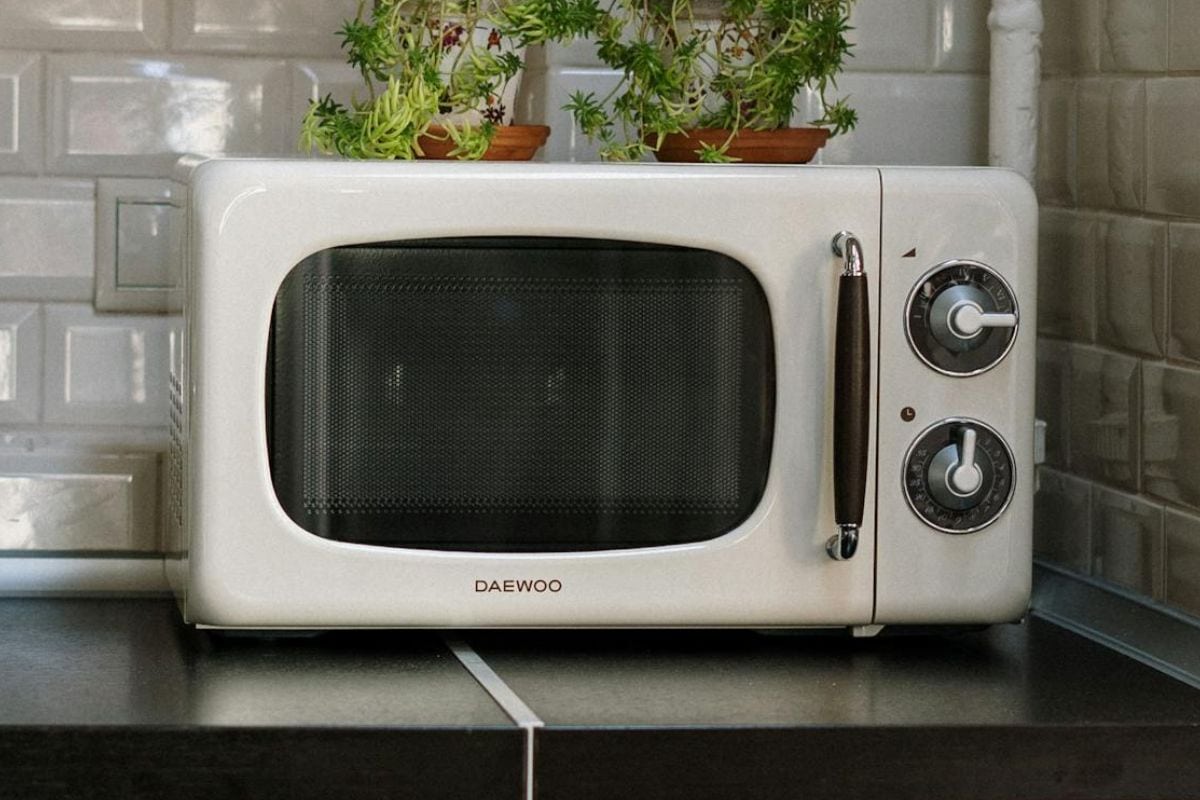
WANT TO SAVE THIS RECIPE?
Older kitchen appliances—like refrigerators, ovens, and mixers—were built to last decades, often passed down through generations. Today’s models, however, rely more on plastic parts, electronic components, and cheaper manufacturing, making them prone to breaking within a few years.
Many modern appliances also come with built-in obsolescence, where repair costs are nearly as high as replacement costs, pushing consumers to buy new instead of fixing old models.
2. Furniture – No Longer Built to Last

In the past, furniture was crafted from solid wood and built by skilled artisans. Today, much of what’s available comes from big-box stores, made from particleboard, MDF (medium-density fiberboard), and veneers.
While these materials make furniture more affordable, they also reduce its lifespan, as they can easily chip, warp, or weaken over time. What used to last generations now often needs replacing after just a few years.
3. Clothing – Fast Fashion’s Decline in Quality
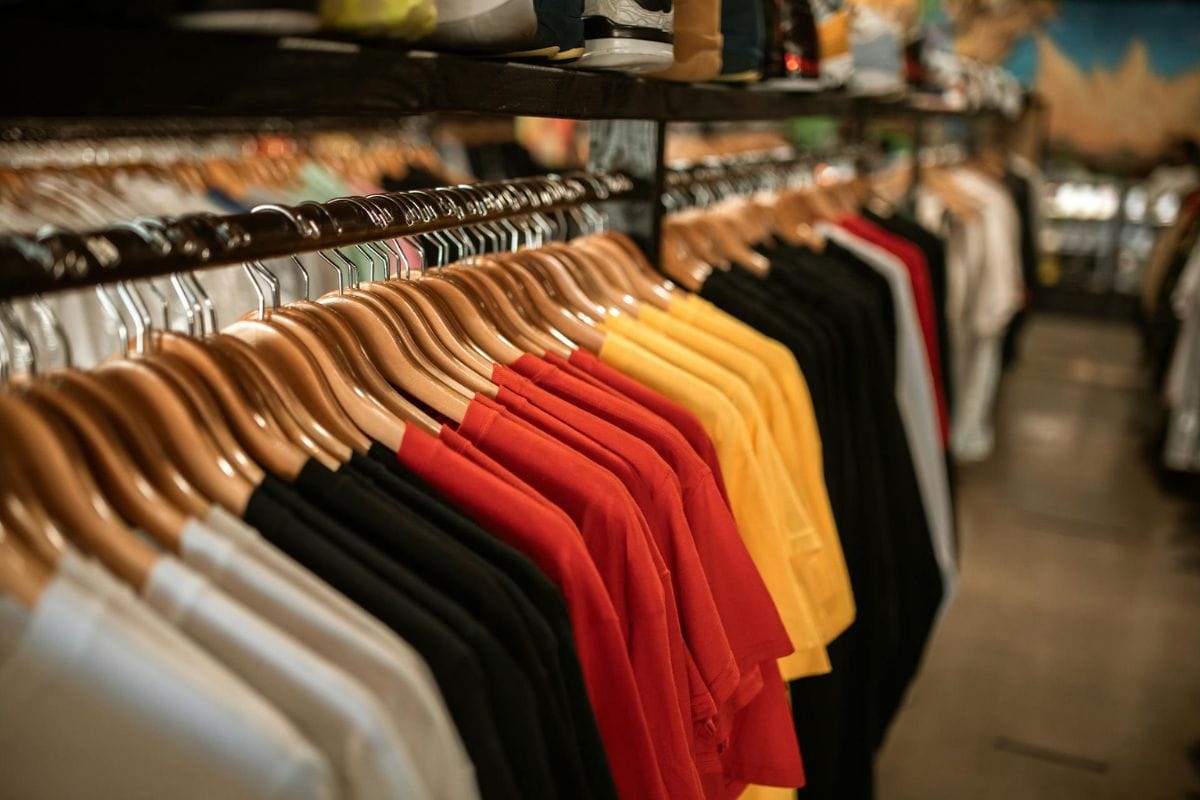
Decades ago, clothes were made with thick, durable fabrics and strong stitching, designed to be worn for years. Modern fast fashion brands, however, use thinner materials, cheaper dyes, and weak stitching to mass-produce trendy items at low costs.
As a result, many garments fall apart after just a few washes, forcing consumers to replace them frequently. Even high-end brands sometimes compromise on quality while charging premium prices.
4. Shoes – More Style, Less Durability

Leather shoes and boots used to last for years with proper care, but many modern shoes are made with synthetic materials, glued soles, and less durable stitching.
Sneakers that once held up for years now show wear within months, and many manufacturers design shoes that can’t be easily repaired. Even expensive brands have shifted toward making stylish shoes that prioritize aesthetics over long-term durability.
Related Post: 10 Old-School Restaurant Chains That Barely Exist Now
5. Electronics – Planned Obsolescence at Its Finest

From smartphones to laptops, modern electronics are notorious for not lasting as long as their older counterparts. Many brands use planned obsolescence, where software updates eventually slow down devices, batteries degrade quickly, and parts become difficult to replace.
Older electronics were easier to repair, but today’s models are often glued shut or require special tools, making self-repair nearly impossible. Consumers are left with little choice but to upgrade every few years.
Sign up now to receive our exclusive e-cookbook filled with top-rated recipes for FREE!
6. Light Bulbs – No Longer Built to Last

There was a time when light bulbs lasted for years, but today’s versions often burn out much faster. While LED bulbs are marketed as long-lasting, some brands cut corners on quality, leading to premature failure.
The shift from traditional incandescent bulbs to more energy-efficient options has also introduced new issues, such as flickering and uneven lighting, making some modern bulbs less reliable than their predecessors.
Related Post: 11 Expensive Grocery Items That Are Cheaper in a Different Aisle
7. Cookware – Thinner and Less Durable Materials

Older pots and pans, especially those made from cast iron, copper, or heavy-duty stainless steel, were designed to last a lifetime. Today, many nonstick pans are made with thinner aluminum, which warps easily, and coatings that wear off quickly.
Even expensive cookware brands sometimes use cheaper materials, leading to reduced longevity. Many home cooks now find themselves replacing pans every few years instead of investing in lasting quality.
Related Post: 13+ Grocery Hacks That Instantly Slash Your Bill (You’re Overpaying Without Them!)
8. Mattresses – No Longer Built for Decades of Use
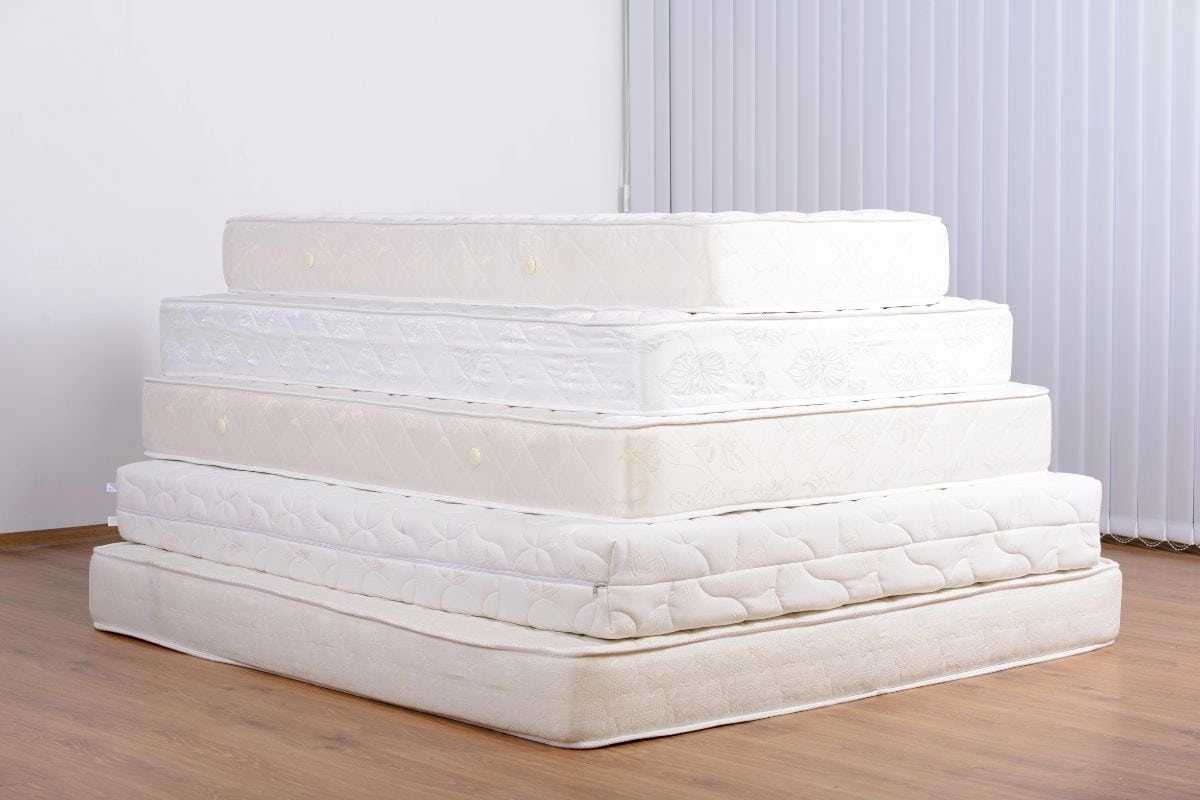
Mattresses used to last 15–20 years, especially those made with high-quality springs and dense padding. Modern mattresses, particularly those made with memory foam or hybrid designs, often lose their support within 5–10 years.
Many are made with cheaper foam layers that compress quickly, leading to sagging and discomfort. The rise of “bed-in-a-box” brands has also introduced thinner materials that wear out faster than traditional models.
Related Post: The 13 Worst Sandwich Toppings, In My Opinion
9. Towels – Softer but Less Absorbent and Durable
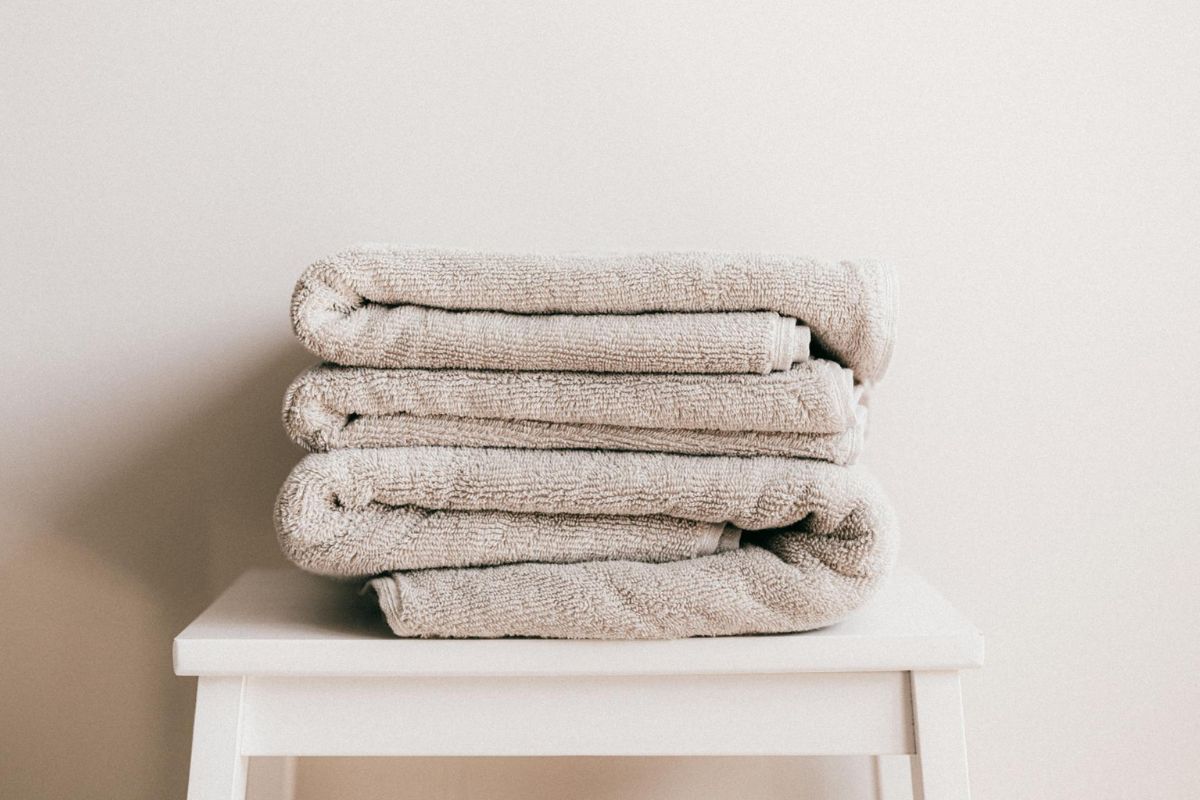
Older towels were thick, absorbent, and made with high-quality cotton that lasted for years. Today’s towels often feel plush in the store but lose their absorbency after a few washes due to lower-quality cotton, synthetic blends, and chemical treatments. Many modern towels shed lint excessively, become rough over time, or develop thin spots much faster than the durable towels of past generations.
Related Post: 15 Genius Ways to Add More Protein to Meals Without Breaking the Bank
10. Toothbrushes – Worn Out Faster Than Before
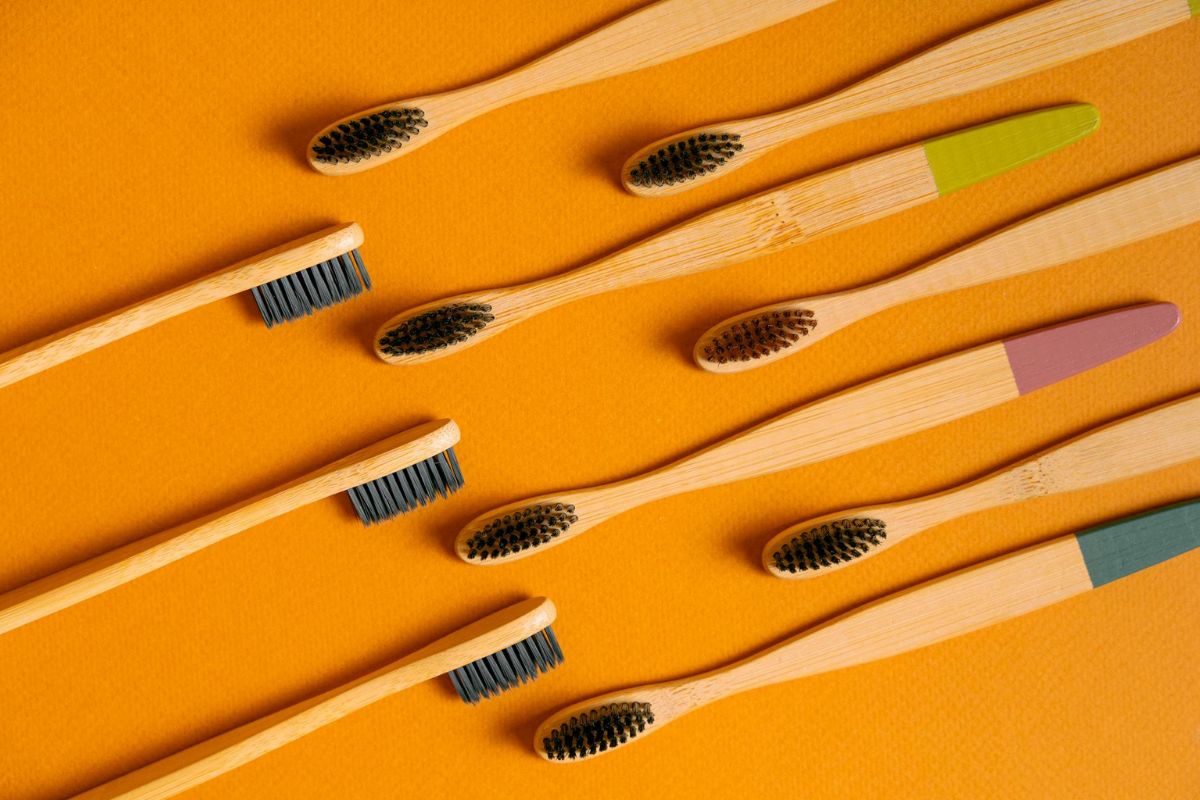
While toothbrushes have always needed regular replacement, many modern toothbrushes wear out much faster. Bristles fray quickly due to lower-quality materials, and some electric toothbrush heads require replacement after just a month or two.
Even high-end brands have thinner plastic handles that snap more easily. In contrast, older toothbrushes—while simpler—often lasted longer before showing signs of wear.
Sign up now to receive our exclusive e-cookbook filled with top-rated recipes for FREE!
11. Razors – More Blades, Less Longevity
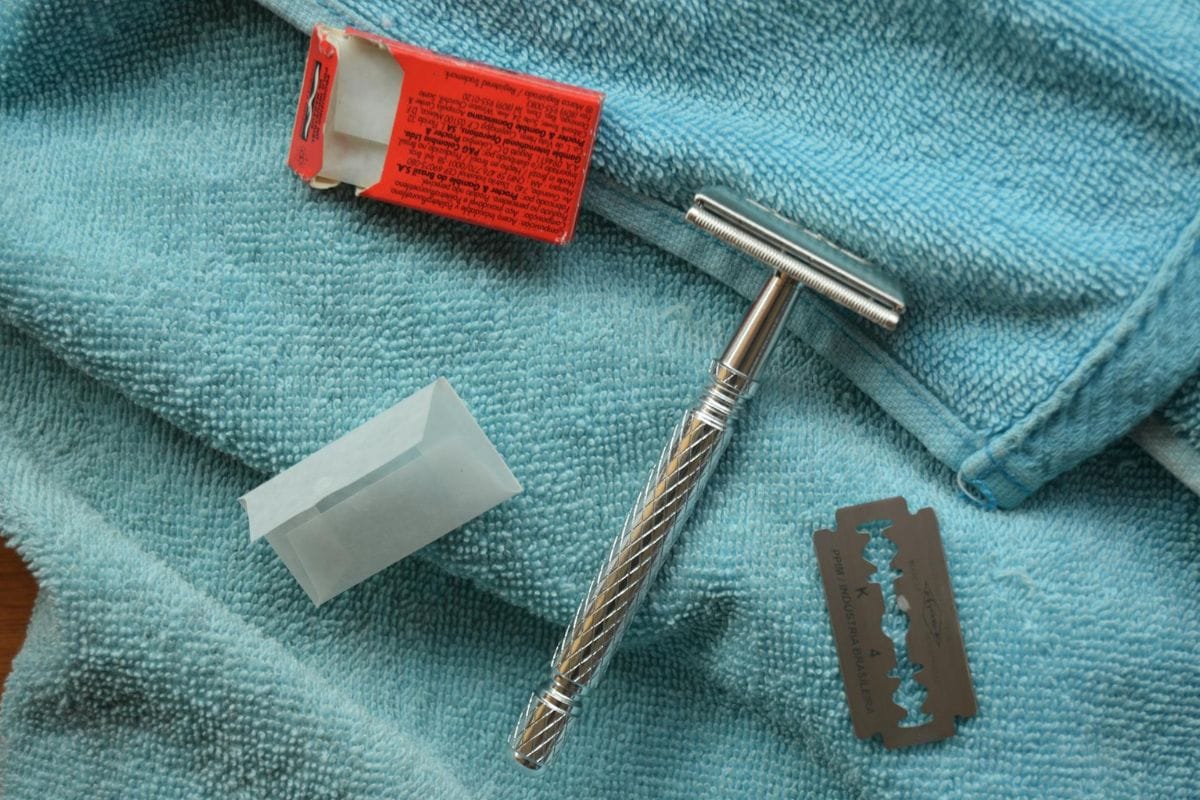
Shaving razors used to last longer, with sturdy metal designs that allowed for blade replacement without tossing the entire unit.
Today, multi-blade razors dull quickly, and replacement cartridges are designed to wear out faster, forcing consumers to buy refills more often. Many brands use lubricating strips that degrade within days, making razors seem ineffective sooner than they should, leading to unnecessary replacements.
Related Post: The 15 Worst Snacks Consumers Are Still Buying
12. Plastic Storage Containers – Prone to Warping and Staining
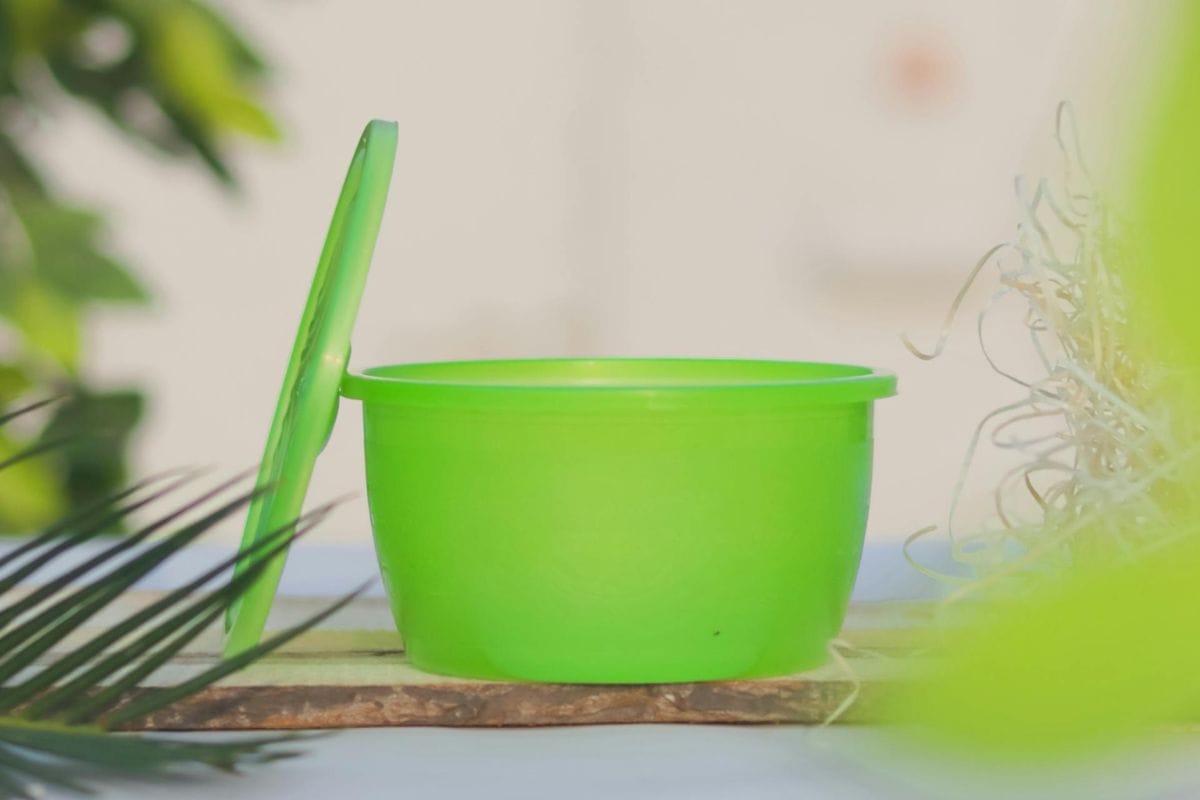
Older plastic containers were thicker, more durable, and less prone to warping. Today’s versions, especially budget-friendly brands, often crack, stain, or warp after just a few uses, especially when microwaved.
Many manufacturers now use thinner plastic to cut costs, resulting in shorter lifespans and the need for frequent replacements. Even glass food storage containers sometimes have cheaper lids that break more easily than in the past.
Related Post: 15 Brilliant Recipes That Use Pantry Staples You Already Have
13. Paper Towels and Toilet Paper – Thinner and Less Effective

Many paper towel and toilet paper brands have quietly reduced their thickness and absorbency while keeping packaging the same. Some brands have even shrunk roll sizes while maintaining prices, meaning consumers get less for their money.
While premium versions still exist, many lower-cost options require using more sheets per use, negating any savings. The shift toward cheaper materials has made these household essentials less effective overall.
Related Post: These 13 Party Recipes Could Be the Reason Your Events Flop
Final Thoughts: Quality vs. Convenience

As manufacturers prioritize cost-cutting and mass production, many everyday products have lost the durability they once had. While convenience and affordability have improved in some areas, quality and longevity have suffered.
The best way to combat this trend is to invest in well-made products, research trusted brands, and choose items that offer real value over time. By being mindful of declining durability, consumers can make smarter choices that reduce waste and save money in the long run.
Disclaimer: This list is solely the author’s opinion based on research and publicly available information.
Your Picnic Might Be Doomed If You Pack These 11 Foods

A picnic sounds like the perfect way to enjoy the outdoors—until your food turns soggy, spoiled, or downright inedible. While some foods travel well, others are a disaster waiting to happen in the sun.
Read it here: Your Picnic Might Be Doomed If You Pack These 11 Foods
15 Quick Meals That Pack Bold Flavor in No Time

Busy days shouldn’t mean boring meals. Whether you’re cooking for yourself or your family, you deserve food that’s both fast and flavorful. These 15 quick meals deliver on taste without the hassle—think sizzling stir-fries, vibrant salads, and comforting classics made in minutes.
Read it here: 15 Quick Meals That Pack Bold Flavor in No Time
Is Walmart+ Still Worth It in 2025? The Truth After 3 Years

Could you be missing out on major savings and life-changing convenience? After three years with Walmart+, I’m sharing the honest truth about what’s worth it—and what’s not. Don’t sign up (or skip out!) without reading this first!
Read it here: Is Walmart+ Worth It? Honest Review 3 Years Later!
You’ll love these related posts:
- Your Picnic Might Be Doomed If You Pack These 11 Foods
- 25 Cheap Family Dinners So Filling, Everyone Will Leave the Table Happy
- 30+ Charcuterie Board Ideas That Prove You’ve Been Doing It All Wrong!
- 15 Genius Ways to Add More Protein to Meals Without Breaking the Bank
- 12+ Leftover Recipes So Good, You’ll Forget They’re Leftovers
